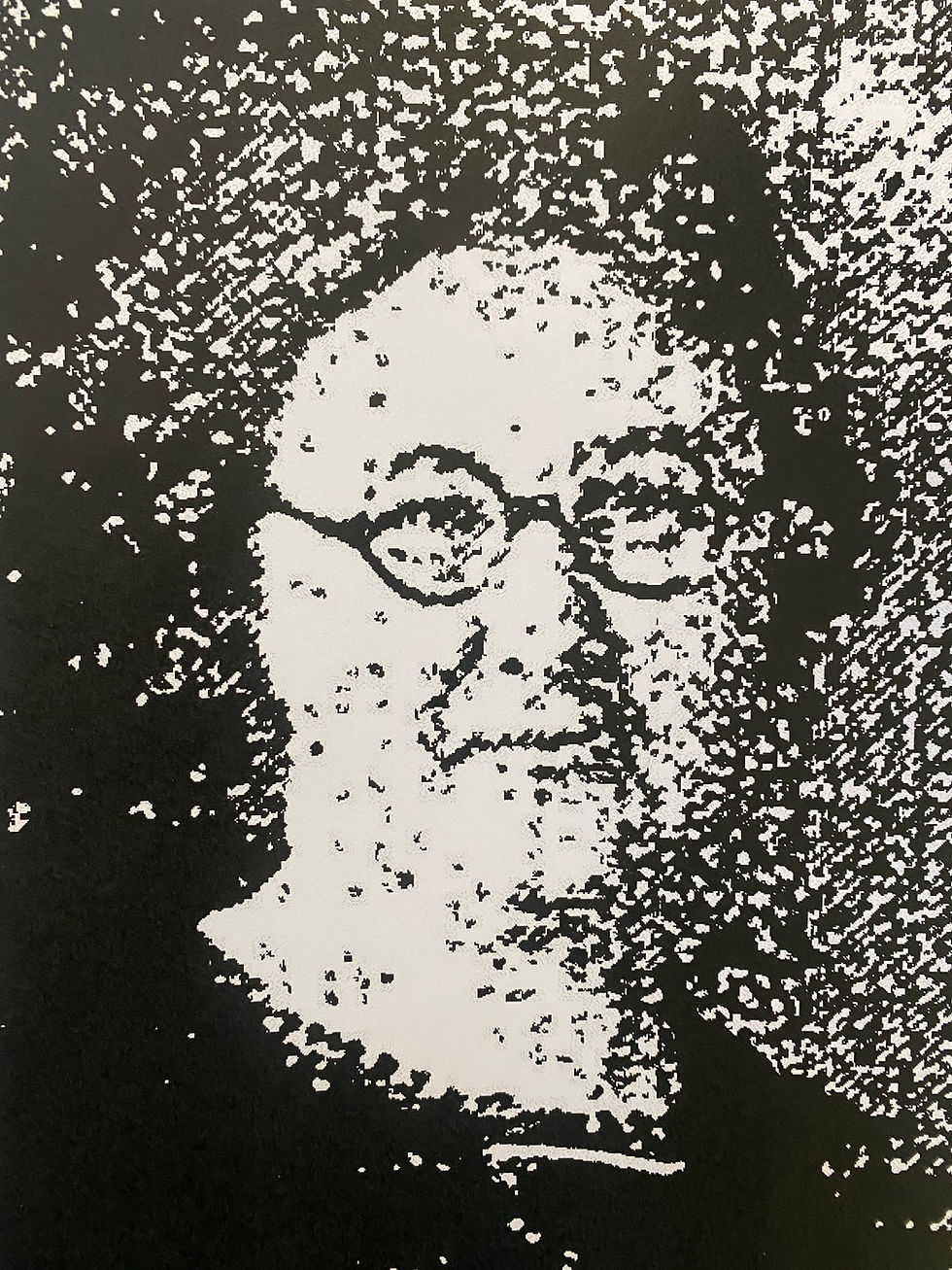Finding the Story Behind a Picture
- jvannette5
- Apr 13, 2022
- 2 min read

Even though we all like looking at old photographs, we sometimes do not realize how much information about the past a photo contains. With careful analysis, not just of the individual photo, but of a collection, we can learn many details and important information we did not know before. It takes a lot of time to look through large photographic collections like the one we house at the Castle Museum but every once in a while, you will stumble upon a photo that piques interest. When I was looking through the photographic collections at the Castle, a photo grabbed my attention.

The Castle Museum’s Bosch studio collection mostly holds students’ portraits but mixed in I found a picture of a store front. It intrigued me because it seemed out of place. This store front photo was actually the only photo in the collection that didn't have a self-portrait in its envelope. While looking at the photo, you can clearly see that there is a name plate sitting in the store window that reads ‘Schmelzer’, and on the envelope holding the negatives, it says John Schmelzer. Comparing these details to the yearbooks, I found that the images I have been looking at were taken in the year of 1949. That is when I started to look more in depth on the Schmelzer building.

In 1912, John Schmelzer of Saginaw Michigan, announced plans for erection of a nine-story building, which was to be the first “skyscraper,” located in Saginaw. The building would house his furniture business. It was located at 511-513 Genesee and was extended through the triangular block, to another frontage on Lapeer. The Schmelzer furniture store really gained quite a lot of popularity in Saginaw.
In 1949, almost 30 years after its opening, Schmelzer remodeled his store. He continued to operate his business there for the next 11 years. In summer of 1961, Henry Feige & Son furniture bought the building. The Schmelzer furniture store was relocated to the suburbs and became the Schmelzer Colonial Shop, Inc., on 5800 State Road.
I found this information by interrogating a photo – that is to say, tracking down answers to questions raised not only from the photo’s details but also the context of the photograph collection I found it in.. I am thankful to have been able to research such a rich topic surrounding Saginaw’s history and will continue to hold a special place for photographic collections in my heart. I think if I were to continue this research, I would dive into researching the Fiege and Sons Co. in order to see what direction they took on the building.


This post was written by Elijah Sawyer, an intern from Central Michigan University who works partly on-site at the Castle and partly at the Clarke Library. During his internship he focused on the Bosch studio collection.



